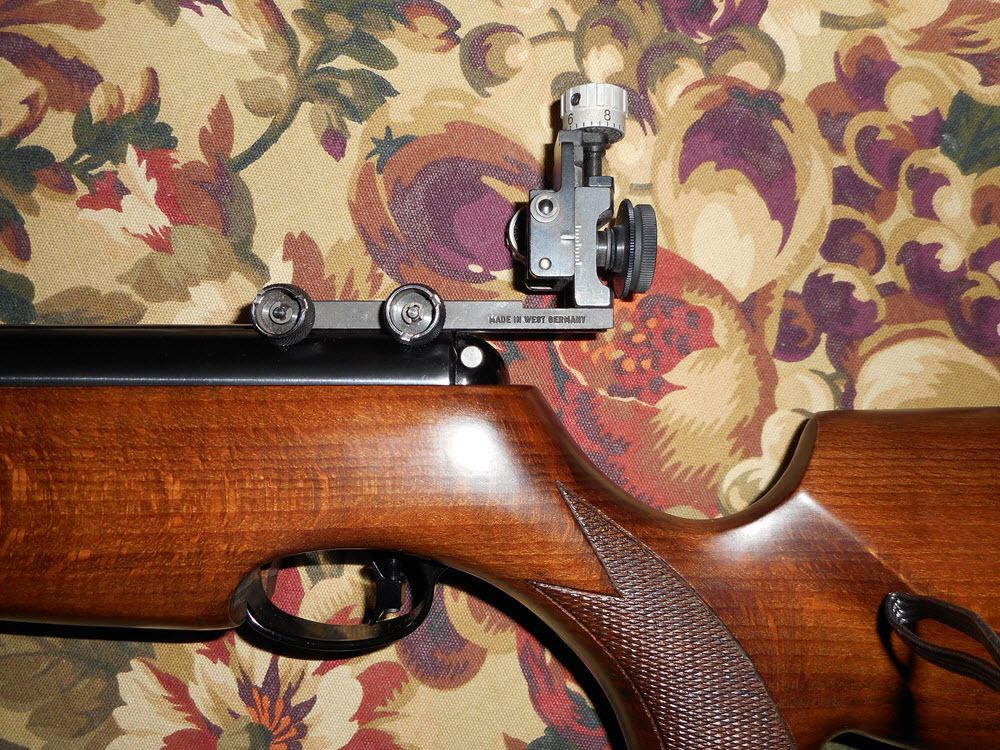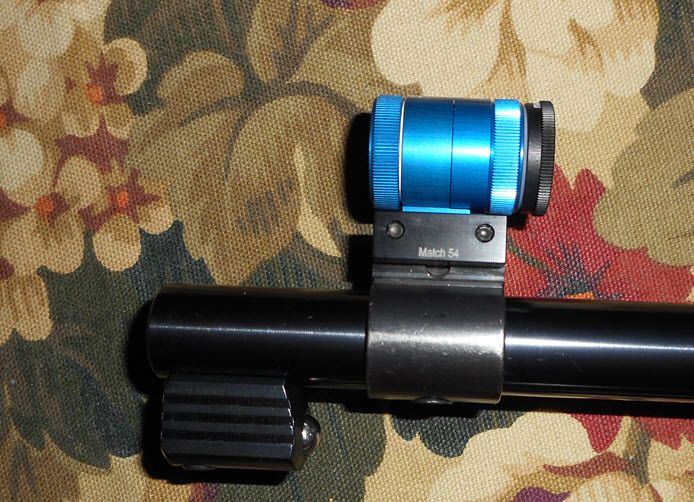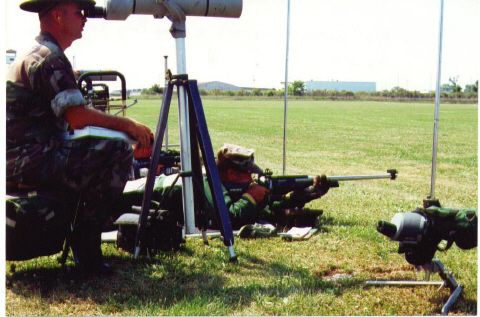Some springers fare better without a scope. (See "Edit" at end of post )
Spring torque primarily is a radial force, which rotates the host airgun about its own center of gravity... a scope shifts that CG further away from the bore-line ... which means spring torque now moves the barrel further left and right. The stronger the spring, and the further the CG is from the bore line, the more apparent the malady will become.
Just wanted to see if iron sights would help approach the accuracy improvements seen by some TX200 MKIII owners with short stoke conversions, simulating the original 1st gen TX200's. The 1st gen TX200's are widely regarded as being more accurate (on average) due to their more sedate firing behavior attributed to 14mm shorter stroke and spring that was tailored to sub 16j/12fp power. The iron sights did help. Last night with the iron sights it was able to produce groups with fewer flyers (less hold sensitive) at roughly 30% smaller size. Also found out this TX200 MKIII likes JSB Monsters. Yes it does seem silly to chase smaller groups with a honkin-hoss of a TX200, but the MKIII can be somewhat disappointing when you KNOW it can do better. The Walther LGV I got a few weeks ago shoots faster with better grouping. Not sure why, but it does.
Yes I agree optics will always prevail in scenarios where a proper sight picture can't be attained with iron sights, but a good iron sight shooter, with sights optimized for a distinct paper bull, will steal a scoped shooter's lunch money on any given Sunday.
*** Edit;
Found the Jock Elliot November 22nd, 2010 article, here's an excerpt;
(QUOTE)
"...It’s been my observation that if you inadvertently hold a springer with more pressure on one side of the forestock than the other (as many of us do), the gun will tend to jump away from the side with more pressure when the shot is triggered. I saw this graphically demonstrated with a Beeman R1 in .177. I had a 3-12 scope mounted on it, and it would shoot little tiny groups at 20 yards. The following day it would shoot little tiny groups, but half an inch away from the location of the previous day’s groups.It drove me nuts. So one day, I took off the scope, mounted a peep sight and consistently shot little tiny groups in the same location all the time. I spoke with Steve Woodward about it, and we came up with a theory. First, when a springer jumps away from unequal pressure on the forestock, it tends to rotate around the center of gravity on the rifle’s long axis. Ideally, you would like the gun to rotate around the bore. But when you mount a scope on the rifle, you raise the center of gravity, which tends to exaggerate the movement of the bore and throw your shots off. The bigger, higher, and heavier the scope, the more you tend to throw your shots off (that is if you are not shooting with a perfectly consistent “hold”). The peep sight worked because it was light and low.So, what to do? Well, here’s my working theory: to reduce apparent hold sensitivity in a springer, mount the lightest scope you can, and mount it as low as you can. This should raise the center of gravity as little as possible, resulting in more consistent shooting. I have tried this with one of my springers and it seems to work..."
Credit Jock Elliot








